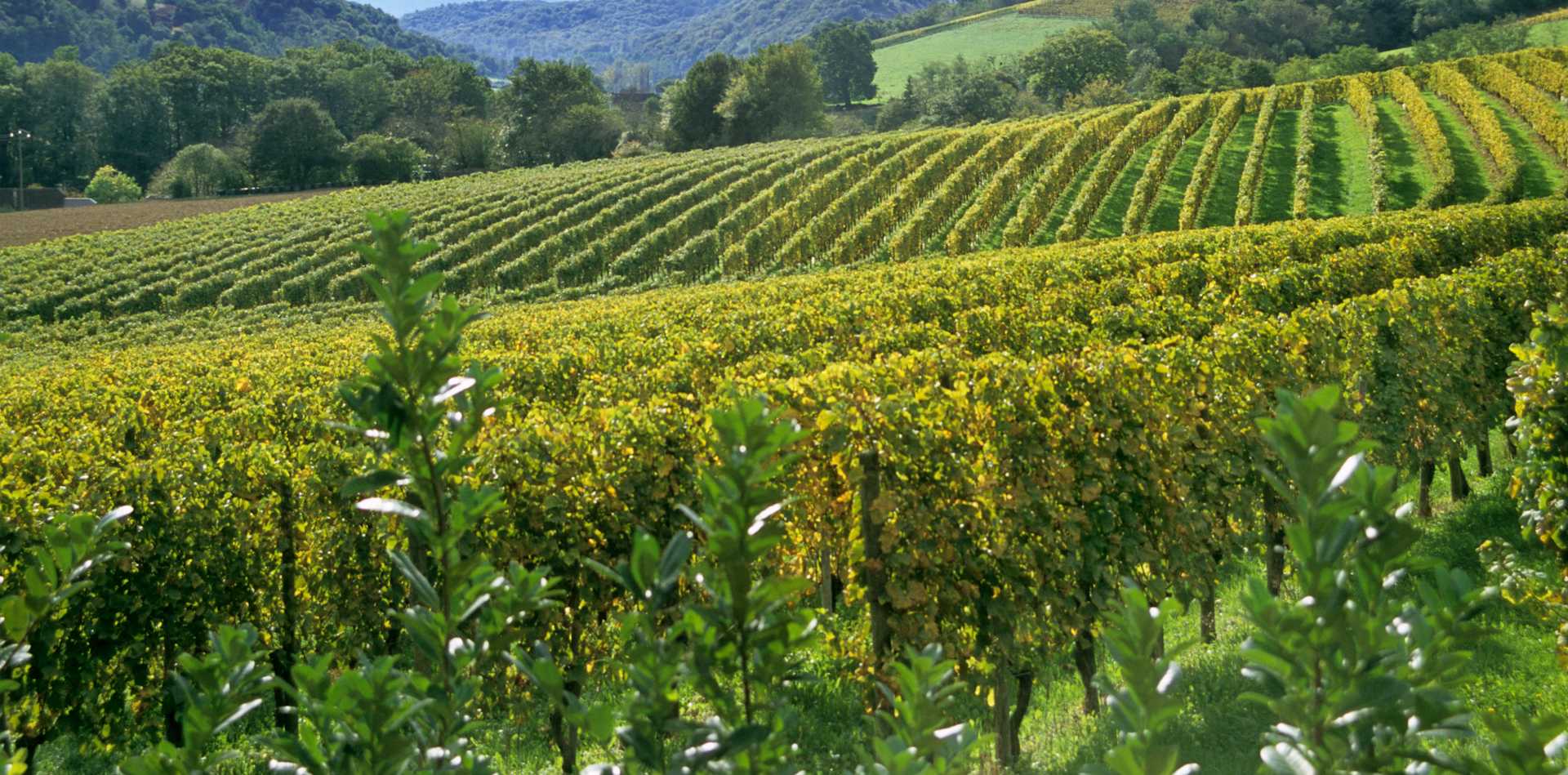Quinta da Muradella Gorvia Tinto 2015
Last call - only 2 left!



Product Details
Your Rating
Somm Note
Winemaker Notes

Primarily found in the Bierzo, Ribeira Sacra and Valdeorras regions of Spain and in the Dão of Portugal (where it is called Jaen), Mencia is an early ripening, low acid grape that can produce wines of great concentration, complexity and ageability. And yet Mencia once suffered from a poor reputation and deemed capable of producing simple and light red wines. Post-phylloxera growers would grow this variety on low, fertile plains, which produced high yields and uncomplicated finished wines. Somm Secret—The recent rediscovery of the ancient, abandoned vines planted on rugged hillsides of deep schist has unveiled the potential of Mencia and added discredit to its old reputation.

The Monterrei wine region in the northwestern region of Galicia on the border of Portugal takes its name from 'Monterrey', which means “the king's mountain” in Castilian; Monterrei is the Galician spelling. The hilltop fortress of the area overlooks the vineyards, which run north to south. Compared to other regions, the area was awarded DO status later, in 1996, although it had won provisional DO status in the 1970s.
There is a slow comeback of native grapes and winemaking styles like those in other parts of Galicia—fresh, fruity white wines and young Mencía-based red wines. While there is new investment coming into the region's small family and cooperative bodegas, much of the wine is still sold in bulk and work with native varieties is still in the early stages, but pioneering bodegas are showing the potential of the vineyards. The DO supports this by awarding the Monterrei Superior label to wines made with 85% of any native variety.
The principal white wine varieties are Doña Blanca, Godello and Treixadura while the red wines are made primarily from Mencía and Bastardo (Trousseau).
